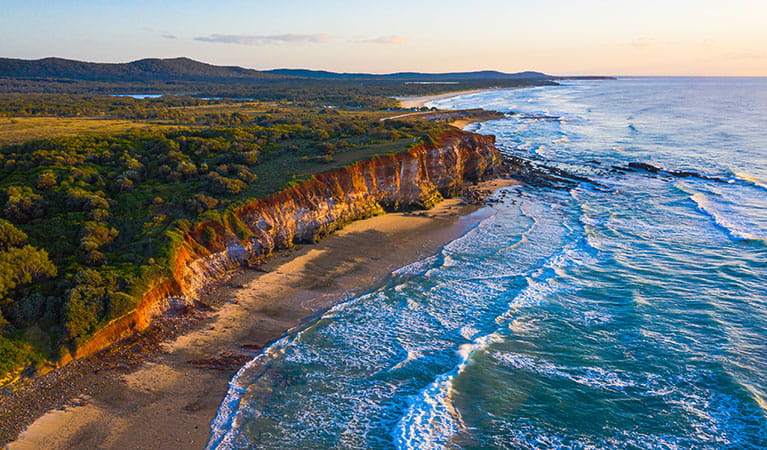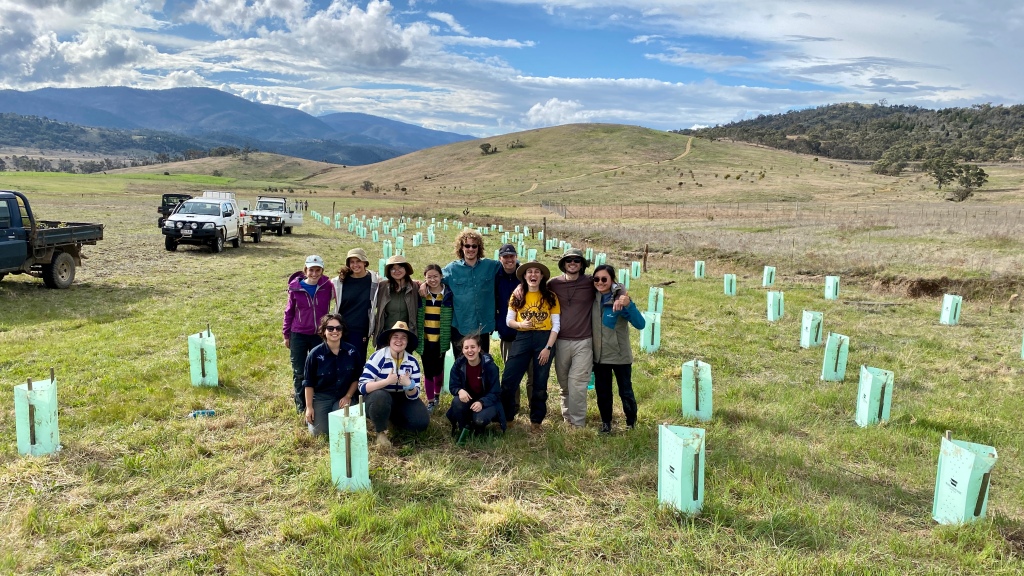For many people, the words ‘biodiversity conservation’ engender images of national parks, reserves, and other protected areas. Collectively, these areas form the ‘National Reserve System’, Australia’s protected area estate. Despite its expansion in recent years, the protected area estate has its flaws. Organisations like Bush Heritage Australia play a critical role in addressing these issues.

This image is licensed by the State of New South Wales and Department of Planning and Environment for reuse under the Creative Commons Attribution 4.0 International Licence
🏞️ The Flaws 🏞️
Representation
The protected area estate is biased towards unproductive lands with steep slopes and low soil fertility. Essentially, these are areas that are unsuitable for other, more profitable, uses like agriculture and urban development. As a result, 12.6% of threatened species and ecosystems are unrepresented in the protected estate, while others are severely underrepresented, including temperate grasslands and grassy woodlands.
Private land and connectivity
70-90% of inadequately protected biodiversity occurs on private land. Much of this land contains threatened species, high-quality remnants, and productive areas; that is, areas that are underrepresented in the National Reserve System. Protecting private land is also important to ensure connectivity between protected areas, which is essential for ecosystem processes and the dispersal, migration, and adaptation of species.
🏞️ Bush Heritage: Addressing the Flaws 🏞️
As a not-for-profit conservation organisation, Bush Heritage purchases and manages land of ‘high conservation value’.
Scottsdale Reserve
Through its management of reserves, Bush Heritage not only protects but also restores degraded lands. In 2006, Bush Heritage strategically acquired Scottsdale Reserve as a key habitat link for Kosciusko to Coast (K2C), a regional-scale conservation project. At the time of acquisition, Scottsdale Reserve was threatened by overgrazing, erosion, fragile soils, and invasive weeds. Bush Heritage has since undertaken several restoration activities including weed control, removing nutrient-rich topsoil to support recolonisation of native grasses, and riparian planting to restore eroded waterways.

Representation
Bush Heritage is addressing a key flaw in the protected area estate by strategically acquiring land that is underrepresented in the National Reserve System. Australia’s bioregional framework, the Interim Biogeographic Regionalisation for Australia (IBRA), classifies the continent into regions with common climate, geology, landforms, vegetation, flora, and fauna. Over half of Bush Heritage reserves occur in IBRA subregions where less than 15% of areas are protected.
Private land and connectivity
By conserving private land, Bush Heritage is addressing the second key flaw in the protected area network. Bush Heritage’s strategic, landscape approach to land acquisition also improves connectivity of the protected area estate, with the acquisition of Scottsdale Reserve as part of the K2C project being a prime example.

In sum, Bush Heritage plays a crucial role in improving the state of the protected area estate. Perhaps this will come to mind next time you hear the words ‘biodiversity conservation’.
E Wen Wong
